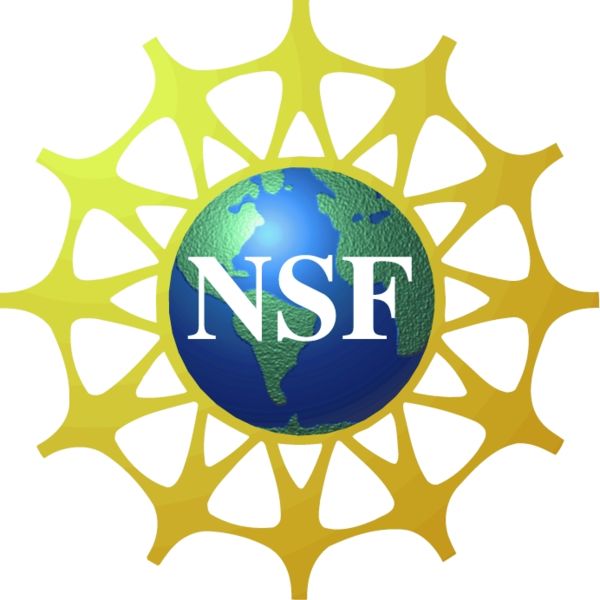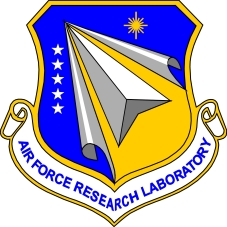

|
VLSI Design Lab |
| National
Science Foundation (NSF): A Reconfigurable Readout Circuit for Integrated Infrared Spectral Sensing |
|
|
Over the
years infrared
imaging
technology has improved significantly and many new applications, such
as
multicolor infrared imaging, thermal medical diagnostics, and remote
sensing,
have emerged. This growth has been made possible by dramatic technical
advances
in the infrared sensor manufacturing as well as remarkable improvements
in
algorithms for image recognition, analysis and processing. However, the
readout
integrated circuit (ROIC), which is the interface between infrared
sensors and
the post-processing unit, has shown little improvement over the years.
This can
be attributed, for the most part, due to the fact that ROICs have been
designed
traditionally as an application-specific integrated circuit (ASIC),
which
cannot support reconfiguration nor adaptivity. The
main objective of this research
is to design and prototype an intelligent readout integrated
circuit (iROIC)
with built-in programmable analog
blocks, capable of performing basic spatio-temporal image-processing
and
image-recognition operations utilizing temporal and spatial (at the
pixel-level) tunable bias unit cell. |
 |
Department of Energy (DoE): End-System Network Interface Controller for 100 Gb/s Wide Area Networks |
|
|
In
recent years,
network bandwidth requirements
have scaled multiple folds, pushing the need for the development of
data
exchange mechanisms at 100 Gb/s and beyond. Internet exchanges,
high-performance computing, and personalized content such as YouTube,
IPTV, and
HDTV are a few of the numerous applications that will leverage such
high
bandwidth capabilities. Even though reliable 10 Gb/s links currently
exist, the
option of aggregating these links to create a bigger pipe is being
quickly
surpassed by today’s bandwidth needs. |
 |
National Science Foundation (NSF) Smart Lighting Engineering Research Center): A novel LED/detector integrated circuit for smart lighting application |
|
|
A
new device that
contains arrays of light sources (LEDs) and photo-detectors is teh core
of this project. The new device is plan to be fabricated by hybridizing
arrays of nanowire LEDs on
arrays of photo-detectors and readout/control circuits on a silicon
wafer. The
proposed integrated LED/detector device opens up several new research
avenues,
including: lens-less microscope, self-calibrating LED, visible light
communication, and smart lighting systems. |
 |
Air Force Research Laboratory (AFRL): Real-time Reconfigurable Systems for Space Applications |
|
| The proposed work will focus on exploring new opportunities for reconfigurable power distribution systems based on nanostructure devices such as graphite nanosheets, graphene nanoribbons, and carbon nanotubes. Graphite nanosheet (GNS) or graphene is a one-atom thick of graphite, graphene nanoribbon (GNR) is an edge-terminated graphene, and carbon nanotuabe (CNT) is a graphene rolled up into a seamless cylinder with diameter of the order of nanometer. Because of their unique electrical, thermal, and mechanical properties, these carbon-based nanostructures are potentially excellent candidates to replace copper wires in power delivery systems. This, of course, requires major breakthroughs in many areas including techniques for growing high-yield nanostructure materials as well as techniques to form reliable low-resistance contacts to the nanostructure interconnects. |  |